Crochet is regarded as the quiet champion among the textile arts and has an illustrious and enduring history that spans centuries and continents.
Crochet was born from the intricate fusion of needlework and creativity and has proven itself to be an art form that transcends eras. Whether as a means of providing warmth through handmade garments or as a canvas for intricate lacework, crochet has continually evolved to meet the ever-changing needs of society.
Beyond its practical applications, crochet boasts profound cultural and historical significance. It is a craft that weaves the stories of countless generations, reflecting the unique identities of diverse communities worldwide.
Let’s dive into the journey of taking a deeper look into each aspect of crochet and its intricate world.
Origins and Early Beginnings
The history of crochet is clouded by a controversy that dates back to early cultures. While the precise origins of crochet are unknown, it is thought to have developed as a unique craft form through the blending of several needlework techniques.
According to certain views, its origins can be found in ancient civilizations like Egypt, where textiles from the Coptic culture from the third century CE contained a type of looping resembling crochet. first examples of crochet that have been documented, and they remarkably resemble modern crochet.
Despite the uncertainty surrounding its exact ancestry, crochet has been practiced in diverse ways throughout nations and continents since ancient times.
Crochet in the Renaissance

Leftie Crochet, Image Source: Wikimedia
Crocheting's history was significantly impacted by the Renaissance in Europe when the craft flourished and underwent tremendous changes.
Because of its close ties to lace production, crochet has acquired a special place in the heart of European fashion. The aristocracy and the emerging middle class at this time had a strong demand for lacework, and crochet developed into a crucial component of this intricate art form.
Because of its strong ties to the creation of lace, crochet was not only useful but also a representation of elegance and wealth.
As craftspeople improved their abilities and created more complex designs as a result of this association, crochet quickly spread throughout Europe.
The Victorian Era and Crochet
Crochet enjoyed persistent popularity during this time period, which lasted from the early 19th century to the early 20th century, and it played a variety of social roles. As a social status indicator during this time, crochet reflected the ideals and aspirations of Victorian society.
In the Victorian era, crocheting was both a skill and a prestige symbol. Higher socioeconomic class women frequently showcased their crocheting prowess as a sign of sophistication and leisure.
Intricately crocheted clothing, including shawls, collars, and cuffs, was popular among society's upper classes. Being able to dedicate time to such activities was symbolized by owning and wearing crocheted things, setting a lady apart from others working in manual labor.
Crochet patterns and uses changed during the course of the period. Crochet designs were influenced by the Victorian taste for excess and decoration, which led to ever-more complex and elaborate patterns.
Lace that had been crocheted became very sought-after and was added to dresses and underwear. Numerous crochet pattern books and periodicals were produced as a result of the exponentially increasing demand for crochet designs.
During the Victorian era, crochet had an impact on house design in addition to clothing. Households began to utilize elaborate crocheted doilies, tablecloths, curtains, and bedspreads, demonstrating the craft's adaptability.
These exquisitely made household goods, which served both useful and ornamental functions, were frequently conspicuously displayed.
The Two World Wars: Utility Over Art

Crochet Rug, Image Source: Wikimedia
The crochet industry underwent a tremendous change as a result of the two World Wars and prioritized usefulness over artistry.
Crochet and other crafts assumed a new role as nations were occupied in international conflicts and offered useful functions for military operations.
Homefront women used their artistic talents to make necessary supplies like socks, scarves, blankets, rugs, and helmets.
These handmade products not only gave the troops much-needed warmth and comfort but also demonstrated how flexible the craft is in emergency situations. As women banded together to lend their talents to the war effort, crochet came to represent support and togetherness.
While attention shifted away from complicated patterns and creative expression, crochet was nevertheless essential for maintaining soldiers' well-being and giving homefront residents a feeling of purpose.
The Revival in the 1960s and 70s

Crochet Pattern, Image Source: Wikimedia
A significant turning point in the history of crochet occurred throughout the 1960s and 1970s. During this revolutionary age, crochet became a representation of counterculture and self-expression.
Crochet rose to prominence as a symbol of individualism and opposition to traditional social mores in the 1960s. Young people adopted crochet as a form of self-expression, especially during the hippy movement.
Individuals were able to rebel against the conformity of mass-produced fashion by wearing handcrafted crocheted clothing, which was frequently decorated with vibrant yarns and elaborate patterns.
Crochet was given high fashion status by designers like Yves Saint Laurent and Rudi Gernreich who included it in their collections. Crocheted items that have become fashion classics include the crocheted bikini and the granny square poncho.
The Digital Age and Crochet

Crochet Mask, Image Source: Wikimedia
Crocheting has entered a new era marked by unfathomable changes brought about by the Digital Age. The growth of crochet patterns and tutorials, online communities, and platforms have completely changed how people interact with crochet.
Online crochet groups have flourished thanks to the internet, allowing crochet aficionados from around the world to interact, share their work, and get help.
Crocheters now showcase their work, share ideas, and find new patterns on websites like Ravelry, Pinterest, and Instagram. Crafters may share knowledge and develop a feeling of community regardless of distance thanks to this online community
The proliferation of crochet designs and lessons available online is one of the most significant effects of the Digital Age on crochet. Crafters have access to a huge and constantly growing library of patterns, ranging from traditional motifs to avant-garde inventions.
Social networking is essential to the internationalization of crochet trends and methods. Crochet lovers share their work on websites like Instagram and TikTok, drawing a global audience and encouraging others with their creativity.
Crochet fads, ranging from intricate amigurumi to bulky blankets, pick up speed as they circulate on social media, fostering a vibrant and linked crochet culture.
Contemporary Crochet: Art, Fashion, and Activism
Modern crochet has developed into a diverse discipline, expanding its influence beyond its conventional applications to include activism, fashion, and the arts.
Crochet has witnessed a renaissance as an artistic medium, a force in the fashion business, and a potent activist weapon in recent years. It is now acknowledged as a valid form of artistic expression in the art world.
By producing intricate and provocative installations, sculptures, and textile art, contemporary artists are pushing the limits of their medium. The creative use of crochet as a medium by well-known artists like Olek and Joana Vasconcelos has won them praise on a global scale for their ability to explore challenging issues, subvert expectations, and connect with viewers on a deeper level.
Modern crochet has developed into a diverse discipline, expanding its influence beyond its conventional applications to include activism, fashion, and the arts.
Conclusion
By following the evolution of crochet over time, we are able to tell a fascinating story of innovation, resiliency, and adaptability. Crochet has defied time and space to become an enduring and cherished craft, from its disputed beginnings in ancient societies to its modern renaissance.
Crocheting has developed through time from simple beginnings into a magnificent art form that skillfully combines tradition and innovation. In times of usefulness, it has flourished; in times of fashion, it has displayed exquisite designs; and in the digital era, it has found fresh life through online communities and tutorials.
The craft of crochet has demonstrated its ability to adapt to the shifting demands and goals of each era.
The history of crochet is a celebration of human intellect and creativity as well as a historical chronicle. We at Kuttans, bring you an exquisite collection of rich cultural articles and ornaments, you wouldn’t wanna miss!



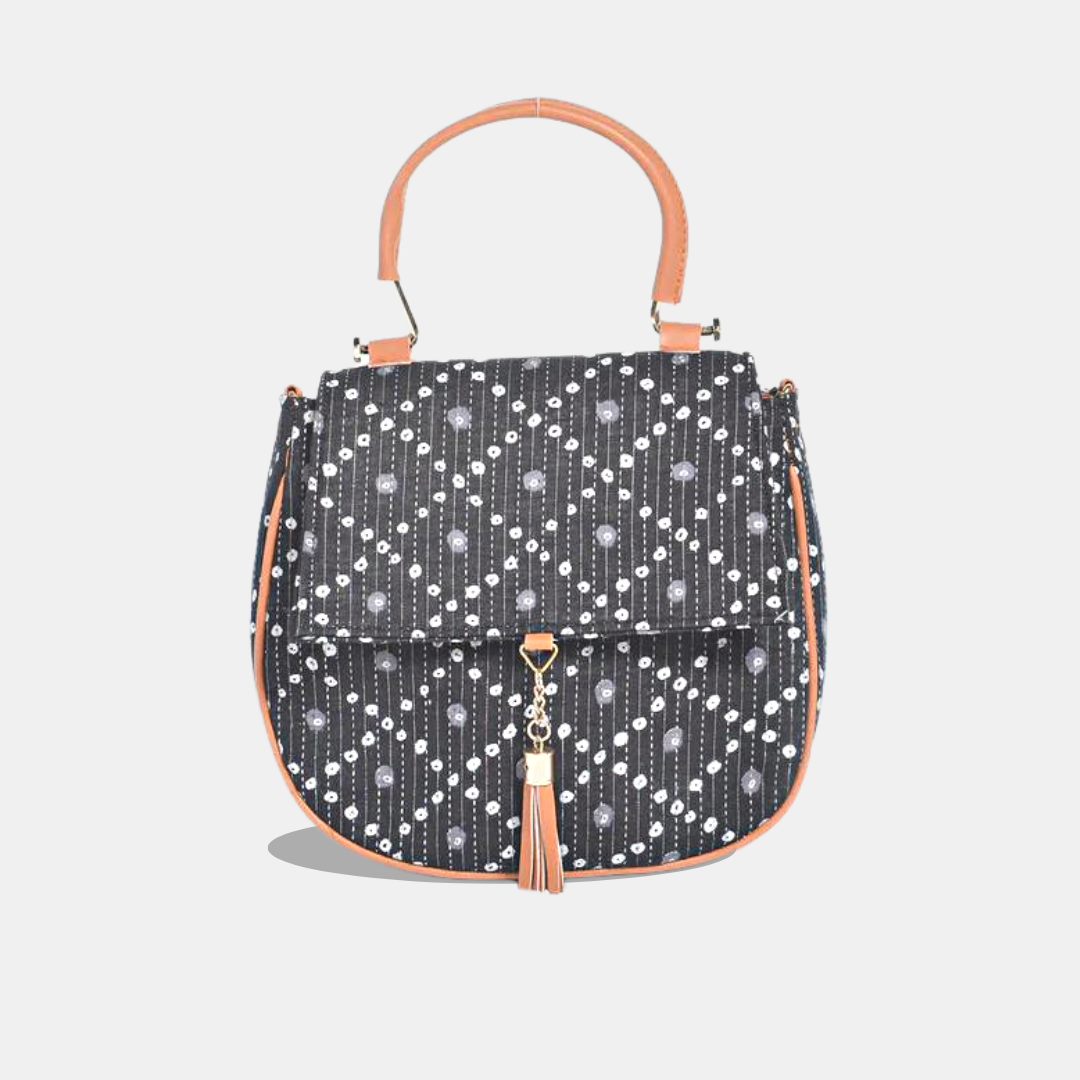

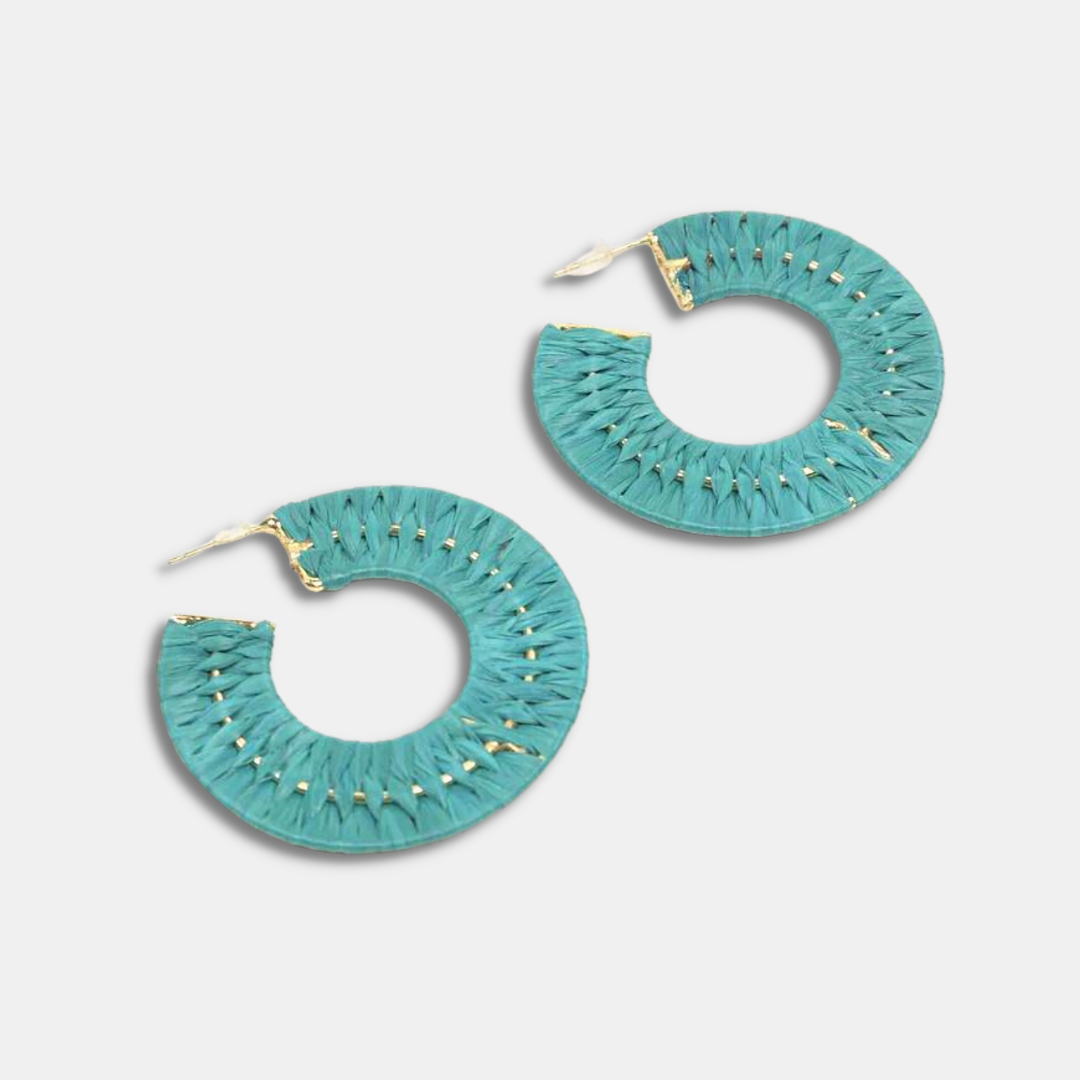
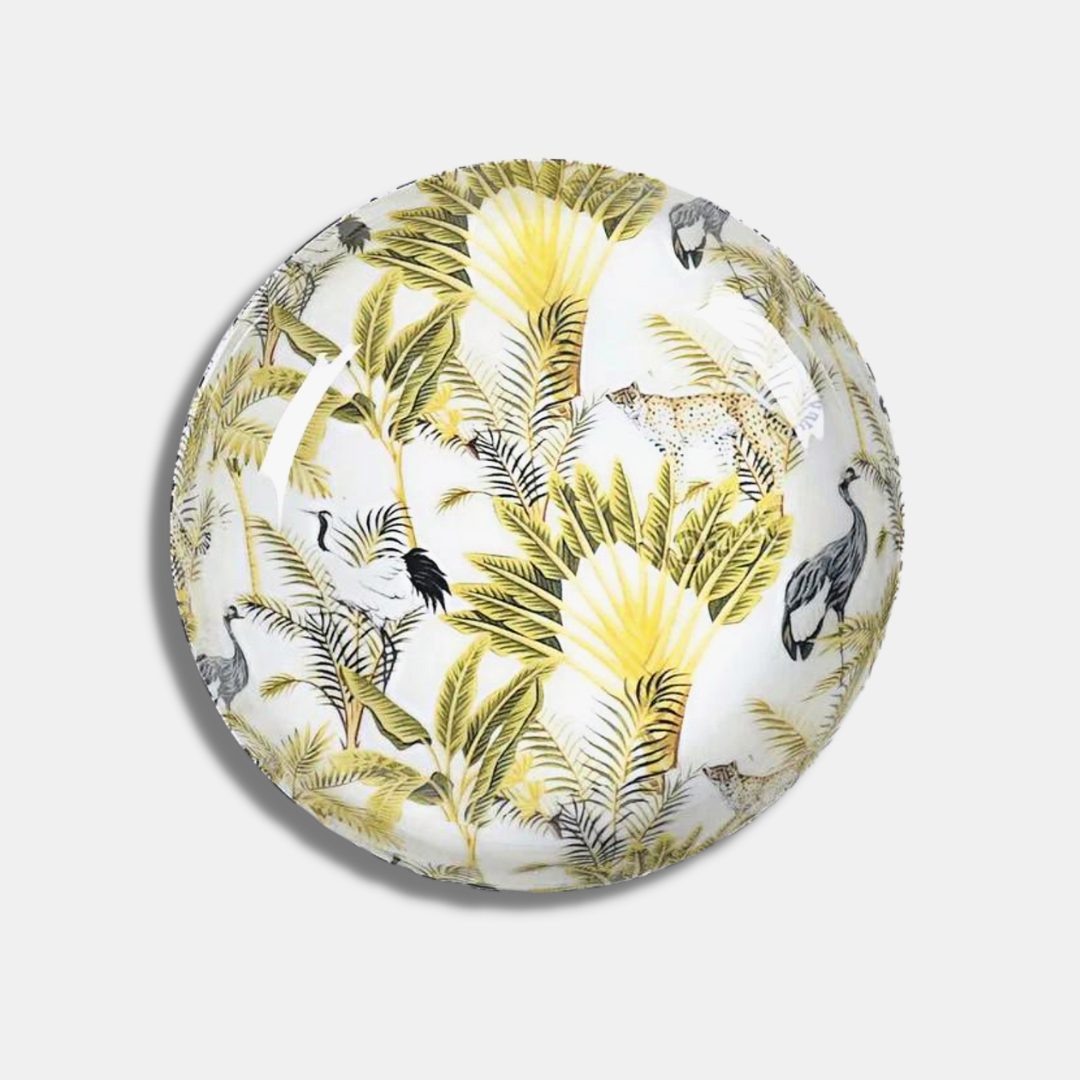
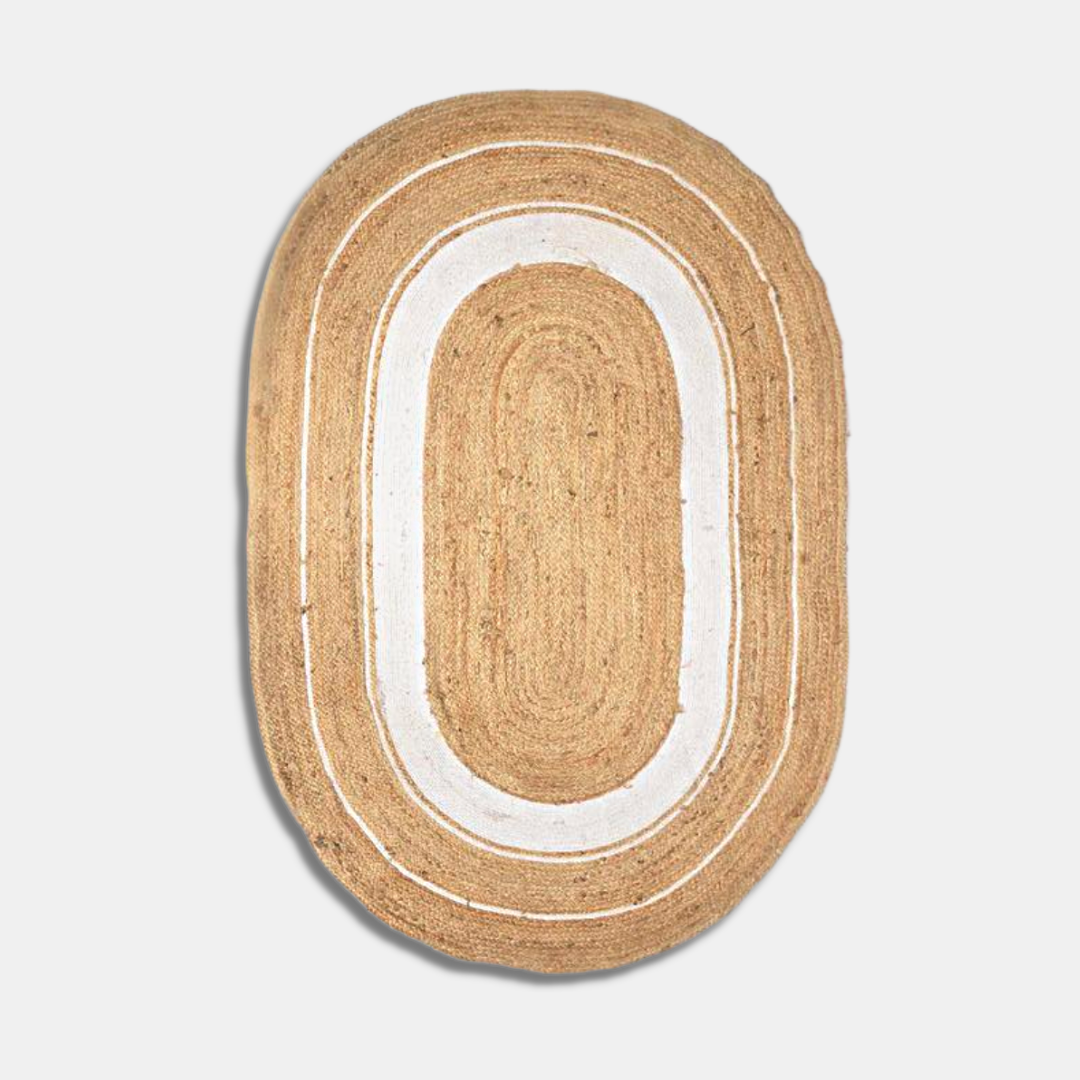
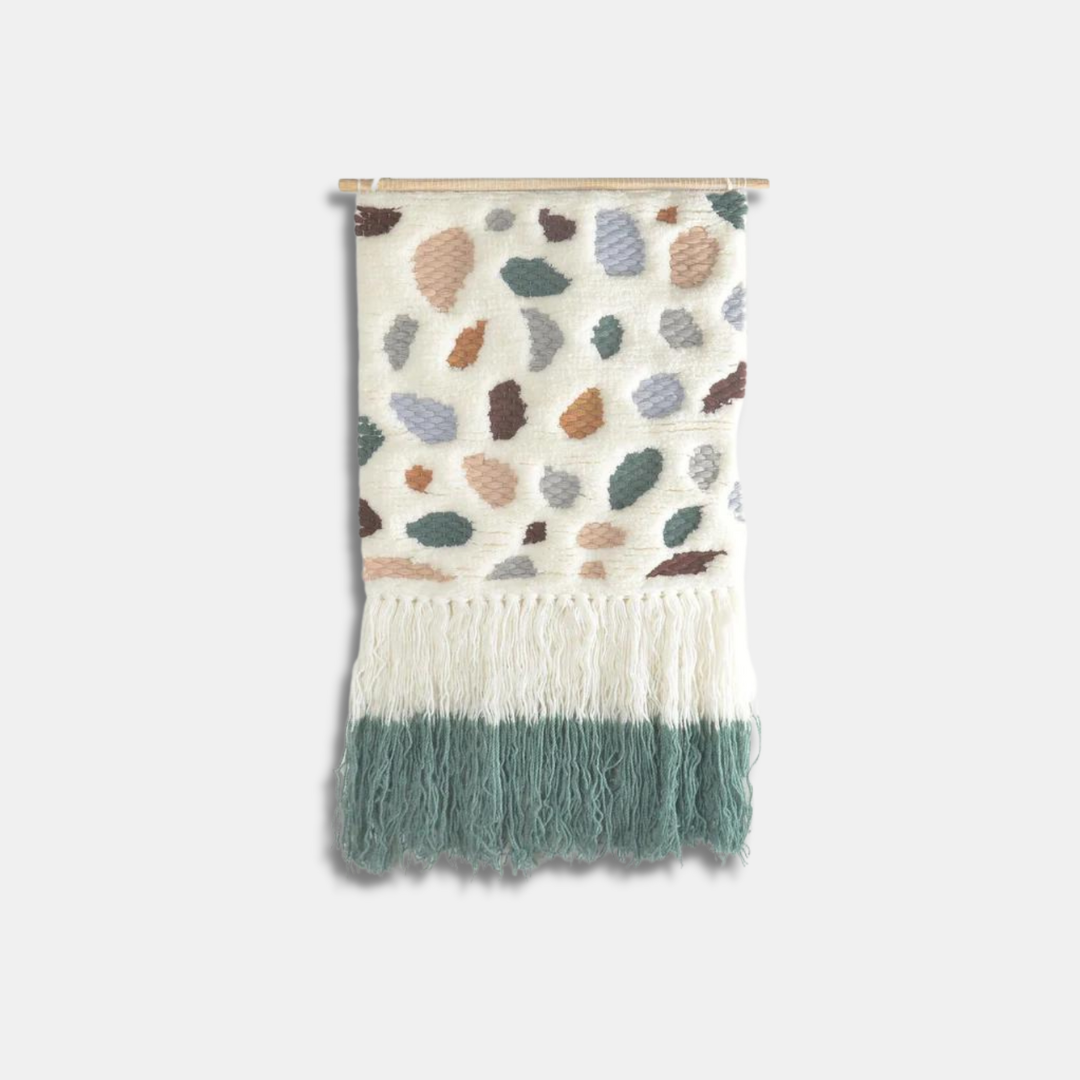
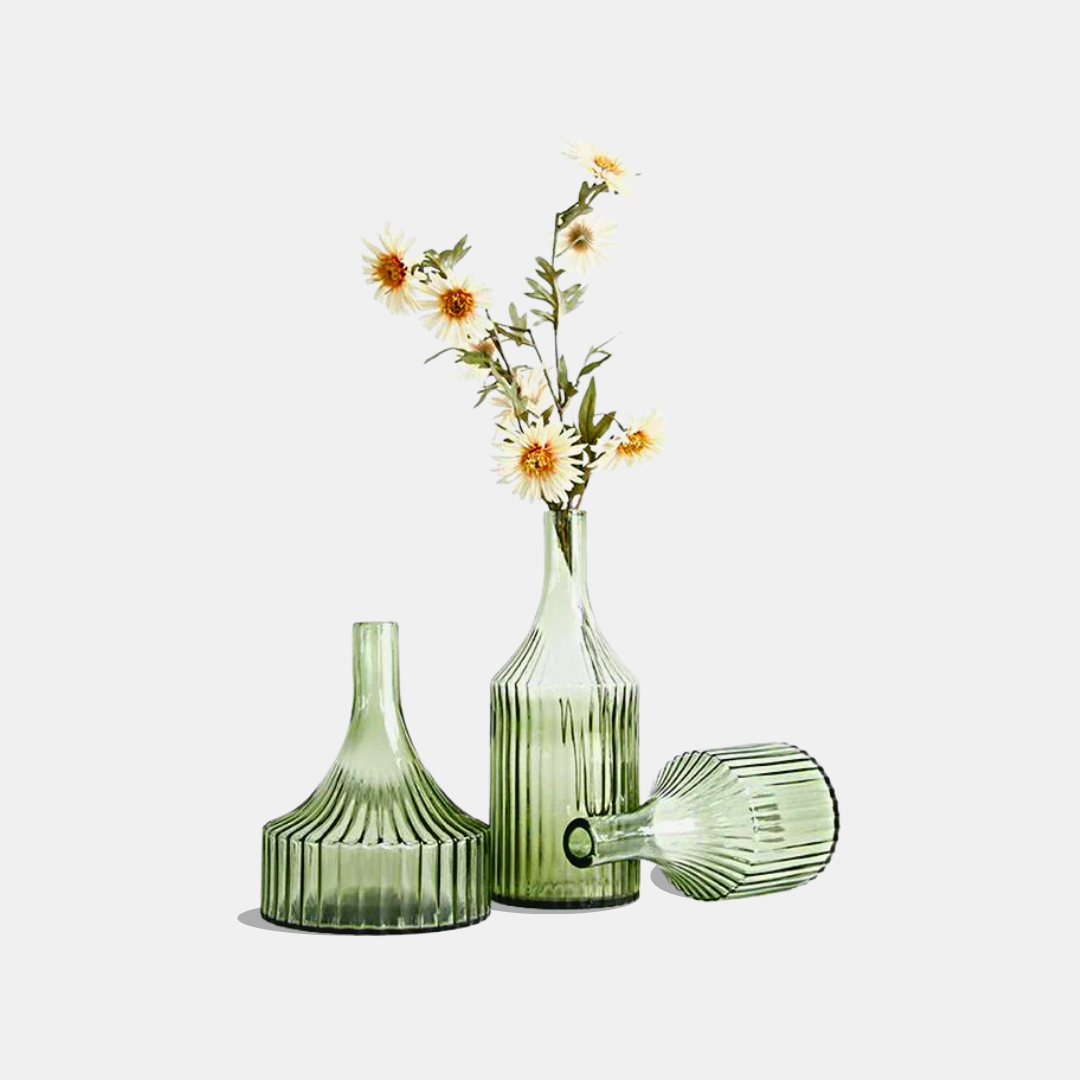
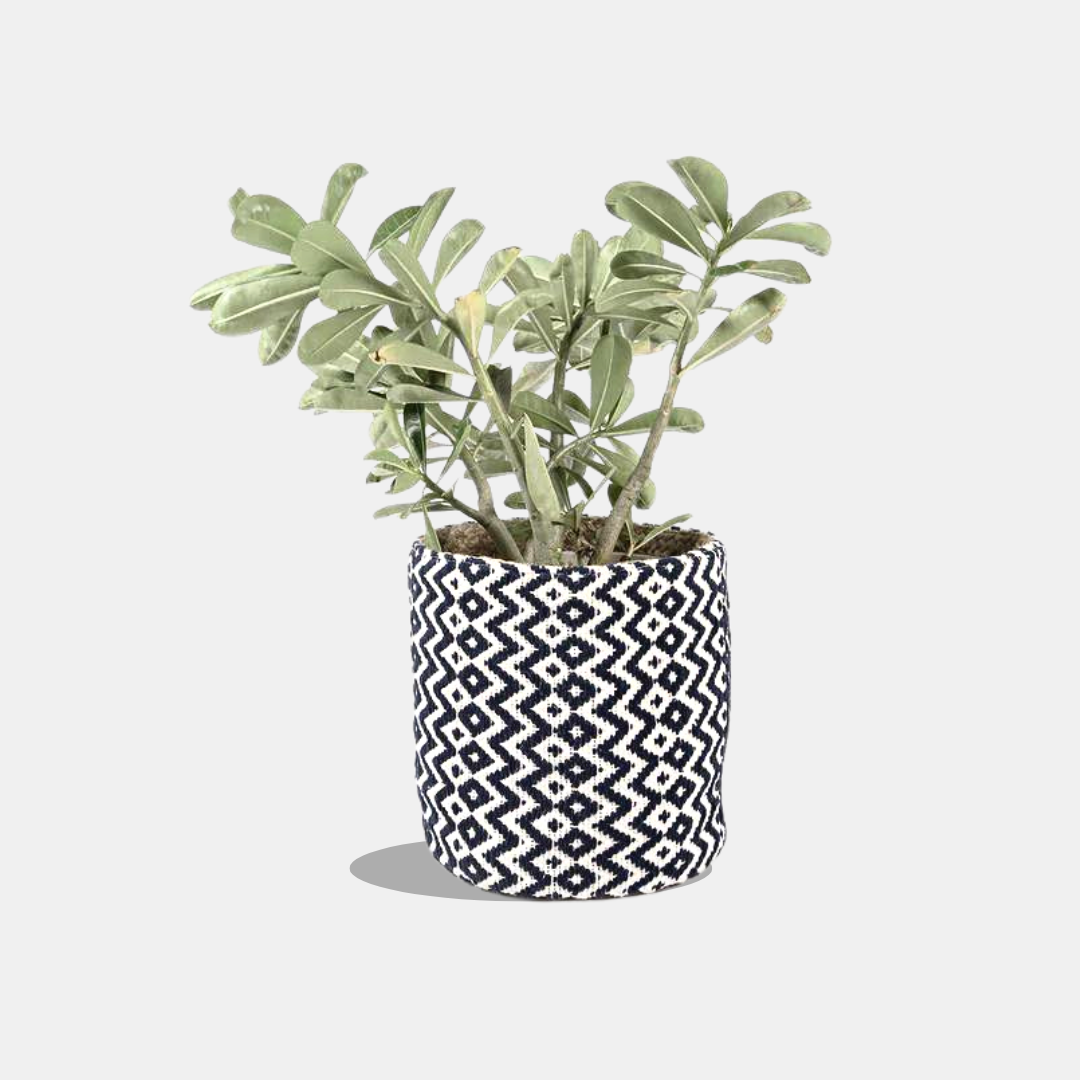
Leave a comment
This site is protected by reCAPTCHA and the Google Privacy Policy and Terms of Service apply.